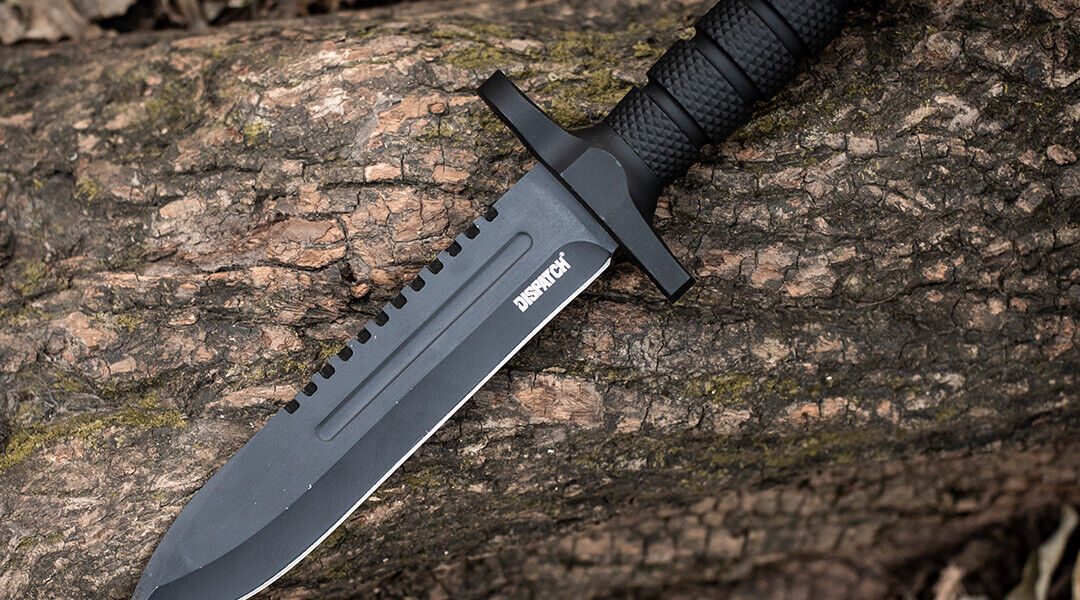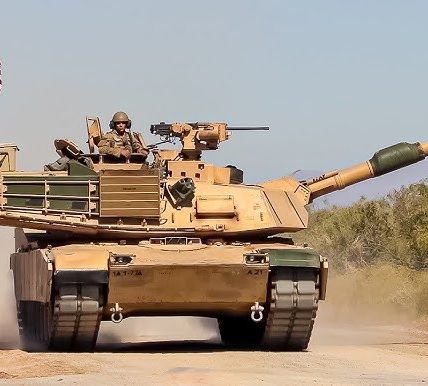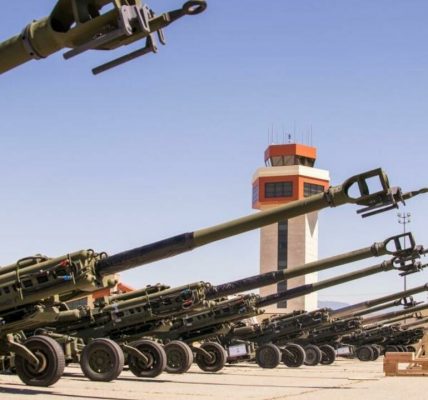Knives, as essential tools and weapons, have been a part of human civilization for millennia. Their evolution, from primitive flint blades to intricate modern designs, reflects the ingenuity and resourcefulness of humankind.
Prehistoric Knives
The earliest knives were likely made from stone, flint, or obsidian. These primitive tools were used for hunting, gathering, and preparing food. As humans developed more advanced technologies, they began to experiment with other materials, such as bone, wood, and metal.
Bronze Age Innovations
The Bronze Age marked a significant advancement in knife-making technology. Bronze, an alloy of copper and tin, was a harder and more durable material than stone. This allowed for the creation of more sophisticated knife designs, including daggers, swords, and axes.
Iron Age and Medieval Europe
The Iron Age brought about even greater advancements in knife-making. Iron was a more abundant and versatile material than bronze, allowing for the production of a wider variety of knife types. During the Middle Ages, knives were essential tools for everyday life, used for tasks such as cooking, hunting, and self-defense.
Renaissance and Baroque Era
The Renaissance and Baroque periods saw a resurgence of interest in the arts and sciences, including the art of knife-making. During this time, intricate and ornate knives were produced, often featuring intricate designs and decorative elements. These knives were prized possessions and were often used as status symbols.
Modern Knives
Today, knives continue to be essential tools in a variety of industries, including cooking, hunting, and outdoor activities. Modern knives are made from a wide range of materials, including stainless steel, carbon steel, and ceramic. There are also specialized knives designed for specific tasks, such as hunting knives, fishing knives, and pocket knives.
Knife Collecting and Enthusiasm
Knife collecting is a popular hobby, with collectors seeking out rare, antique, and unique knives. There are many different types of knives to collect, including hunting knives, pocket knives, kitchen knives, and historical swords. Knife enthusiasts often attend knife shows and swap meets to buy, sell, and trade knives.
The Future of Knives
As technology continues to advance, we can expect to see new and innovative knife designs emerging. Materials such as titanium and Damascus steel are being used to create knives that are both durable and aesthetically pleasing. Additionally, the rise of 3D printing technology may lead to the production of custom-made knives tailored to individual needs and preferences.
Knives have played a vital role in human history, serving as tools, weapons, and symbols of status. From their primitive beginnings to their modern-day sophistication, knives continue to be an essential part of our lives.




